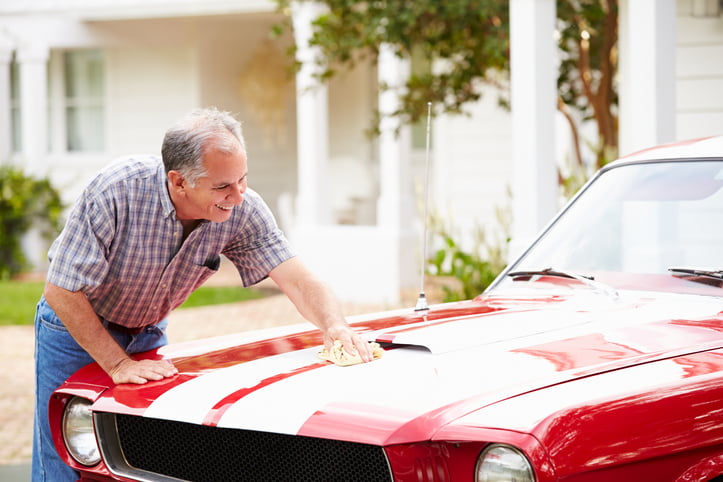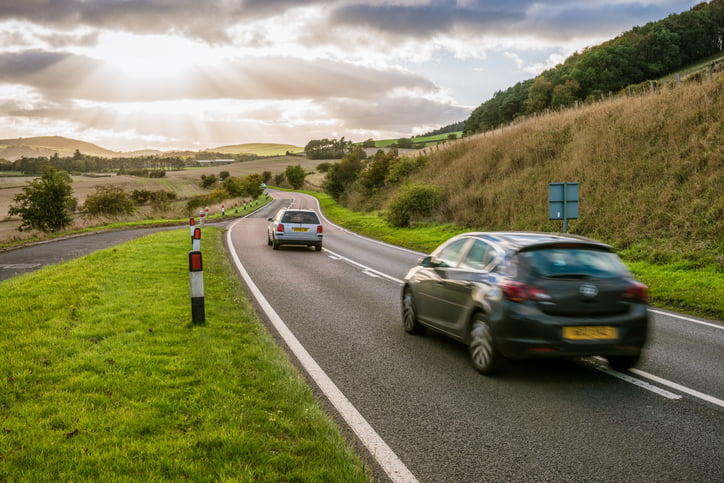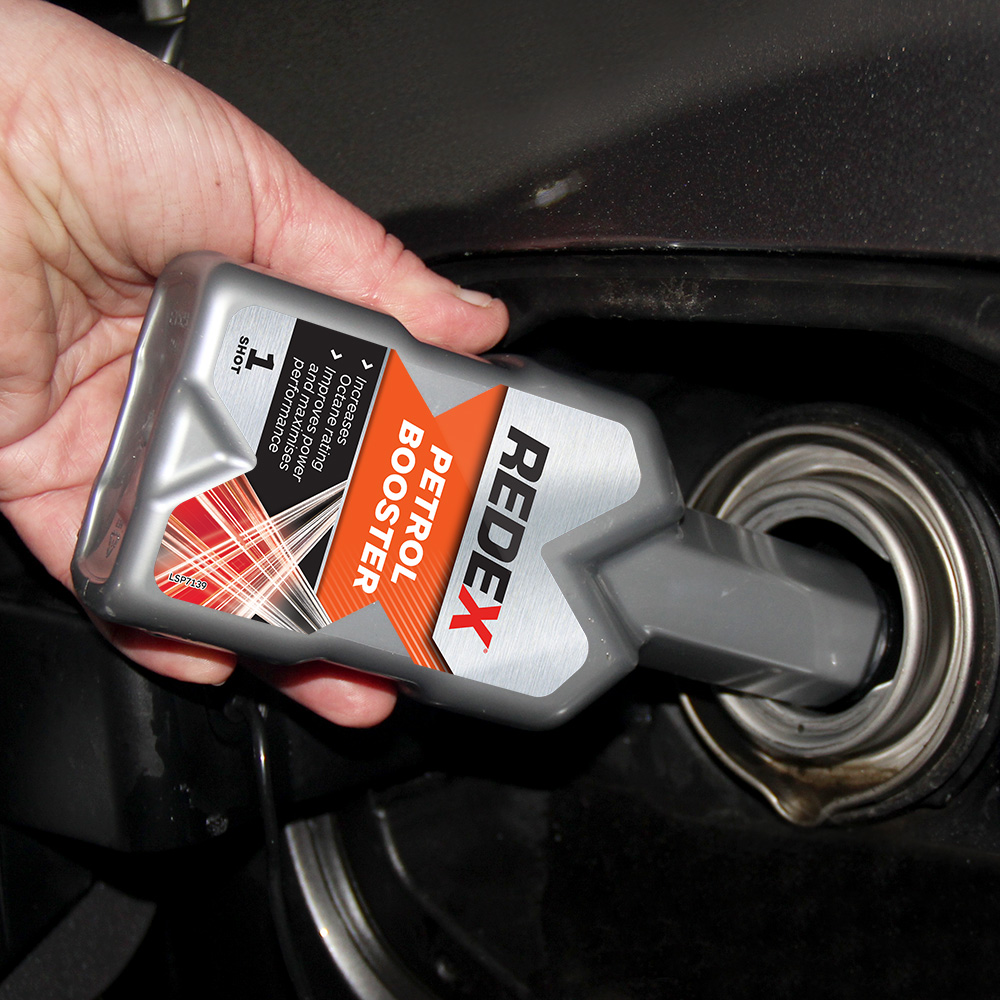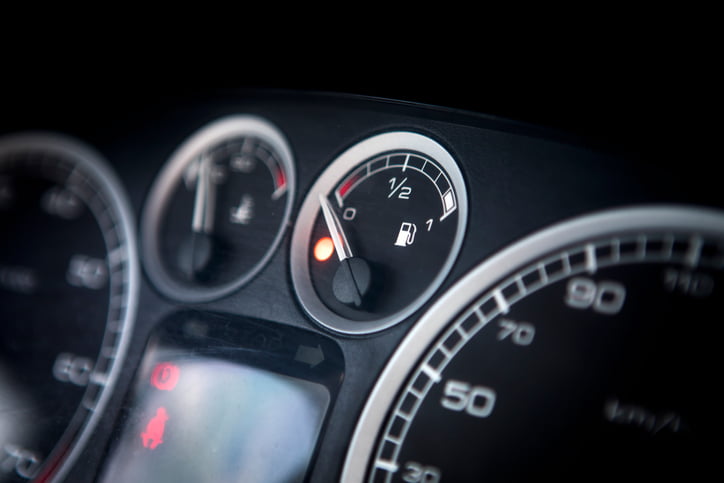It’s hard to remember a time when fuel was featured in headline news so frequently – and for all the wrong reasons.
Back in 2020, we created this guide to show the dramatic impact the coronavirus outbreak had on fuel prices. In it, we discussed the global slump triggered by the pandemic, and the fact that some filling stations had begun charging less than £1 a litre for petrol and diesel.
Fast forward two years, and the fuel price landscape couldn’t look any different. Amidst the combined forces of Brexit, COVID-19, and the war in Ukraine, pump prices have hit record highs – and show very little sign of normalising in the coming weeks and months.
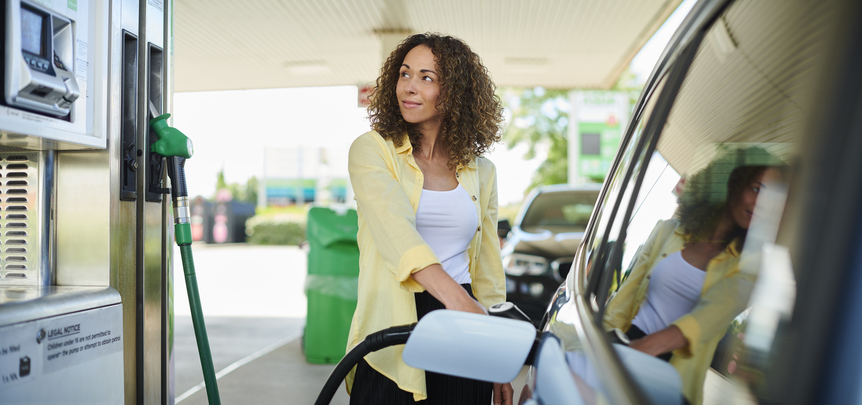 Not only that, but there have also been real and rumoured fuel shortages, triggered by increased demand and disruption of the global fuel supply chain. This led to unprecedented queues at UK forecourts, with motorists desperate to top up the tank before reserves ran dry.
Not only that, but there have also been real and rumoured fuel shortages, triggered by increased demand and disruption of the global fuel supply chain. This led to unprecedented queues at UK forecourts, with motorists desperate to top up the tank before reserves ran dry.
There’s no getting away from the fact that the events of the past few months have been shocking and severe. But fuel-related disruption is nothing new.
Throughout history, fuel prices and supply have always fallen and risen in line with global events. Oil is one of those essential commodities which is heavily affected by political upheaval, as well as sudden and widespread peaks and troughs in demand.
Given the remarkable change in fuel prices which has occurred over the past two or so years, we thought it would be interesting to see which other world events have been felt at the pumps. To do this, we’ve sourced petrol prices from 1983 to 2020, giving you a timeline look at how petrol prices have changed over the past 40 years.
What Affected Petrol Prices in the 1980s?
In the 1980s, petrol prices sat at around 36.7p a litre, which was cheap even for the period. The low cost of fuel led to a boom in the number of cars on UK roads, with drivers keen to take advantage of cheap travel to get from A to B.
When you look at petrol prices for the decade, one year which stands out is 1985, when fuel leapt from 38.7p to 42.8p. This was likely due to a series of economic reforms introduced by the new leader of the Soviet Union, Mikhail Gorbachev, which had a direct impact on the wholesale price of crude oil.
Petrol prices fell back to around 38p a litre for the remainder of the 80s, but never again would the per-litre price be as cheap. Here’s a quick look at the changing cost of fuel throughout the decade.
How Much Did Petrol Cost in the 1990s?
The 1990s would prove a pivotal decade for fuel prices. Between 1990 and 2000, the per-litre price of fuel rose by a record 36.7p, from 40.2p at the start of the decade to 76.9p at the end. Never before had the cost of petrol risen so quickly, and it was all down to one thing: the fuel duty escalator.
Launched in March 1993, the fuel duty escalator was a new fuel duty policy aimed at curbing the number of cars on the road, which had reached record levels in the 1980s. The escalator initially set fuel duty at 3% above inflation, and later increased twice, reaching 6% before being suspended.
The fuel duty escalator was intended to make fuel more expensive, effectively discouraging people from using their cars quite as much. And discourage it did, with mass protests taking place against the policy towards the end of the decade.
Here’s a look at how petrol prices changed throughout the 1990s.
Was Petrol Cheaper in the 2000s?
Despite reformation of the fuel duty escalator, petrol prices continued to increase in the 2000s, with several major global events pushing up the wholesale price of oil. At the start of the decade, petrol cost 76.9p per litre. By 2010, the fuel had hit a record high of 111.9p, an increase of 35p.
A handful of world events are attributed to the spike in petrol prices in the 2000s, not least the devastating impact of the September 11 attacks and the subsequent fallout of the War on Terror. Then there was the subsequent financial crash of 2008, a year in which fuel prices rose above £1 a litre for the first time in history.
Explore the complete timeline of petrol prices throughout the 2000s below.
What World Events Affected Petrol in the 2010s?
The 2010s saw the highest petrol prices on record, with fuel duty and VAT making UK fuel prices among the world’s most expensive. At the start of the decade, petrol cost 111.9p per litre, with the cost reaching its peak in 2013, when a litre of fuel would set you back 138.9p.
Fuel duty and VAT are largely to blame for the colossal spikes in the cost of petrol seen in the 2010s. With new rates introduced by the Tory government as a means of helping the economy recover from the 2008 crash, drivers faced some of the world’s most expensive per-litre fuel prices.
What is remarkable is the huge change in fuel costs from 1983 to 2013. In a 30-year period, the price of petrol rose by a whopping £1.02 per litre – that’s an increase of 116% in just three decades.
Here’s a look at the changing face of fuel prices in the 2010s.
How Fuel Prices Have Changed in the 2020s
From 2013 to 2019, fuel cost remained relatively stable, with prices averaging around 119.9p a litre. This all changed at the start of the new decade, however, with the events of 2020 to the present day having a colossal impact on the price motorists pay at the pumps.
At the height of the COVID-19 pandemic in 2020-21, fuel prices dropped to figures not seen since the early 2000s. This was triggered by plummeting demand, as well as widespread unease within global fuel trading markets.
From a motorist’s perspective, cheap fuel prices were one of the few plus points of the pandemic. But what happened immediately after the UK’s successful vaccine rollout looks set to have long-term consequences for the price we pay at the pumps.
Within hours of Russia dropping its first shells on Ukraine, oil prices began to soar. The outbreak of war in Europe had a seismic impact on global petrol and diesel prices, as well as disruption to the fuel supply chain that has rarely been seen before.
This, combined with the lingering effects of both Brexit and the pandemic, look set to have a lasting impact on fuel prices. And as the government’s 2030 deadline to ban the sale of new petrol and diesel cars draws ever nearer, it’s impossible to predict by how much fuel prices might change over the remainder of the decade.
Whatever the future holds, Redex will be here to help you get more from every tank of fuel. Our engine additives and fuel system cleaners improve performance and economy, so you can enjoy a better drive. For more information or are our full product range, visit the homepage.

